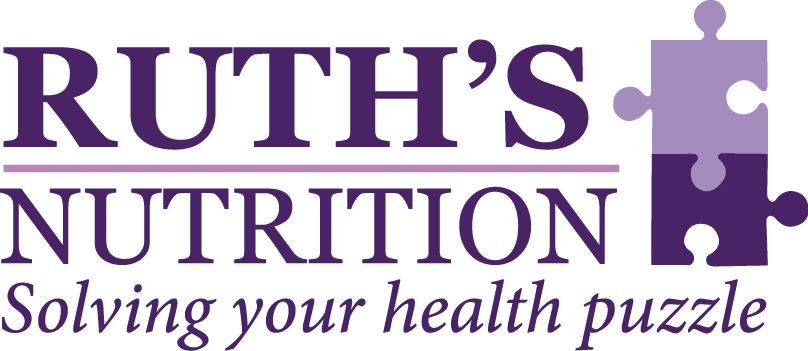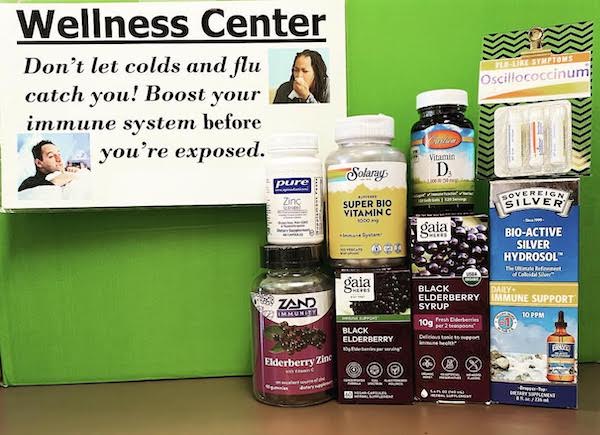Natural ways to guard against colds and flus
By Jack Challem
This time of year, cold and flu bugs seem as inevitable as an abundance of tempting goodies. But that’s no excuse to be complacent about your health. Instead, you can turn to several tried-and-true natural approaches to reduce your cold and flu risk. “Much of the immune system consists of, or is programmed by, cells in the gut lining,” says Jennifer Kaumeyer, ND, of the Riordan Clinic in Wichita, Kansas. “Probiotics and zinc are among the supplements that help keep these cells healthy.”
Of course, also remember to wash your hands frequently, especially after touching doorknobs, other people’s phones and your kid’s runny nose.
Echinacea
There’s a reason herbalists turn to echinacea to prevent colds and flus: It works. In one study, researchers gave 755 people either echinacea or placebos for four months. People taking the herb had fewer colds and needed fewer medications.
Dose: Follow label directions. If you can tolerate the taste, a tincture might be particularly effective.
Elderberry
In one study, people taking an elderberry extract were completely free of flu symptoms after just two to three days, while symptoms lasted almost a week in people taking placebos. The herbal extract has broad-spectrum antibacterial and viral effects.
Dose: Take a teaspoon of sugar-free syrup every three to four waking hours until symptoms disappear.
N-acetylcysteine (NAC)
NAC remains one of the most potent guards against colds and flus. Researchers gave either 600 mg of NAC or placebos twice daily to seniors. Those taking NAC still caught the flu but experienced fewer symptoms.
Dose: 600 mg twice daily, but you can boost it to 2,400–3,600 mg daily at the first sign of symptoms.
Probiotics
New studies show our gut bacteria—and probiotics—can prevent and reduce cold and flu symptoms. For example, researchers found that supplemental Bifidobacterium bifidum reduced symptoms among stressed college students. Another study reported that Lactobacillus rhamnosus GG eased upper-respiratory-tract symptoms in children attending day care. Start taking probiotics before cold and flu season begins.
Dose: Follow label directions.
Vitamin D
It’s more than coincidence that the cold and flu season occurs when people get less seasonal sunlight and therefore make less vitamin D. People need the vitamin to activate a variety of germ-fighting immune factors. A study of high school students found that taking 2,000 IU of vitamin D daily reduced the risk of catching the flu by 83 percent.
Dose: Take 2,000–5,000 IU daily. You can increase the dose to 10,000 IU daily during the first three days of a cold.
Zinc lozenges
Researchers at the University of Helsinki in Finland analyzed data from 199 patients who took either zinc lozenges or placebos. All cold symptoms, including nasal discharge, congestion and hoarseness, decreased substantially.
Dose: Take one lozenge every two to four hours until symptoms subside.
This article is reprinted from Delicious Living magazine.





